Fuente Alamo was a Roman leisure centre that developed into a villa and was occupied between the 1st century and 12th centuries AD. Fuente Alamo is one of the most important Roman villas in Córdoba province
By Nick Nutter | Updated 14 Sep 2022 | Córdoba | Places To Go |
Login to add to YOUR Favourites or Read Later
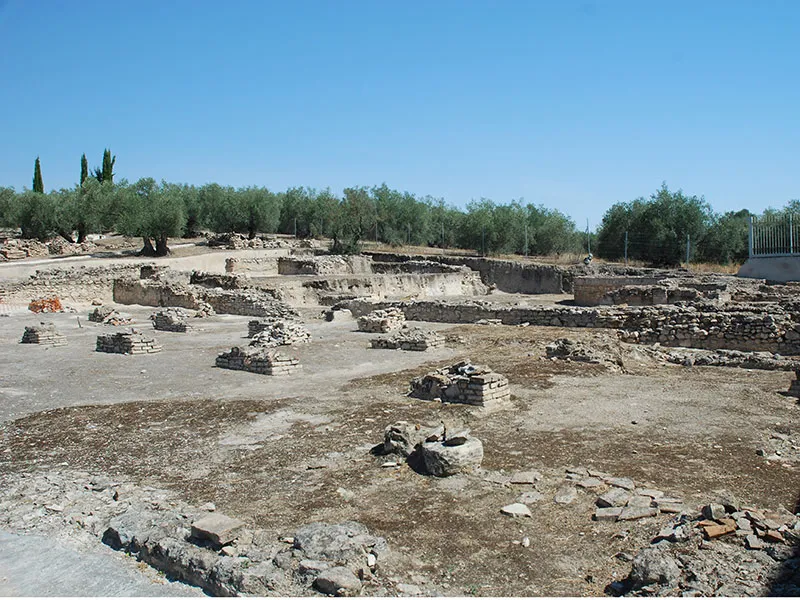
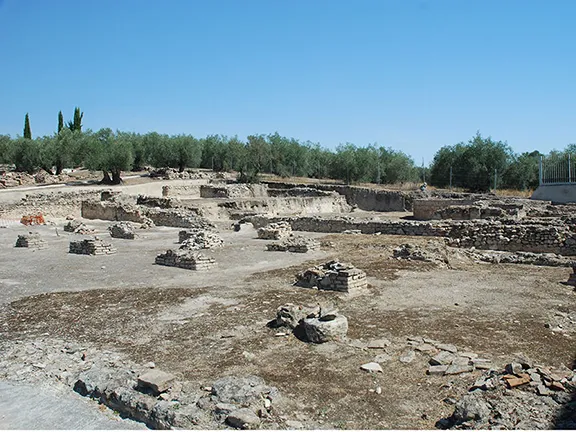
Fuente Alamo
Well, the people of Puente Genil in Córdoba province certainly did, for nearly seven hundred years. A fortunate occurrence that, in the late 19th century, allowed historians to pinpoint the location of one of the most important Roman settlements in the province, Fuente Alamo. It was only in the 21st century that the site was properly excavated, studied and preserved. The result is a modern centre of interpretation with excellent presentations of the development of the site from the 1st century AD through to the Muslim period and an archaeological site with plenty of information at strategic points.
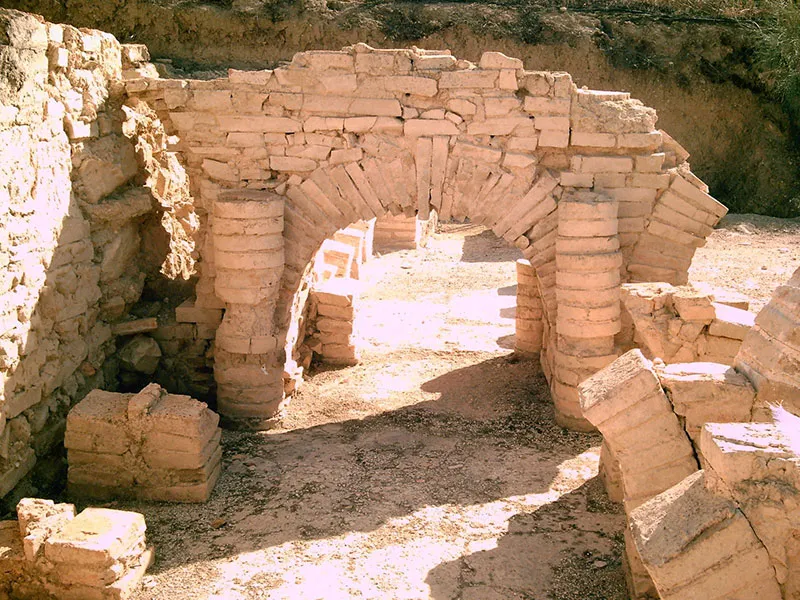

Fuente Alamo Baths area
The first development at Fuente Alamo was the creation of a recreational area for citizens of the surrounding settlements at Ipagrum (Aguilar de la Frontera) and Astapa-Ostipo (Estepa). By accident or design the site was also just off the Via Augusta on a road that linked Córdoba with Antikara (Antequera) and Malaca (Málaga). The site was chosen because of a spring that emerged from the ground nearby. On one side of the stream the Romans built a series of cold baths and a swimming pool and on the other the hypocaustum and associated hot water pools. The area also included gardens and a nymphaeum, a series of cascades and fountains. It was a complete leisure facility that was in use between the 1st and the late 2nd centuries AD.

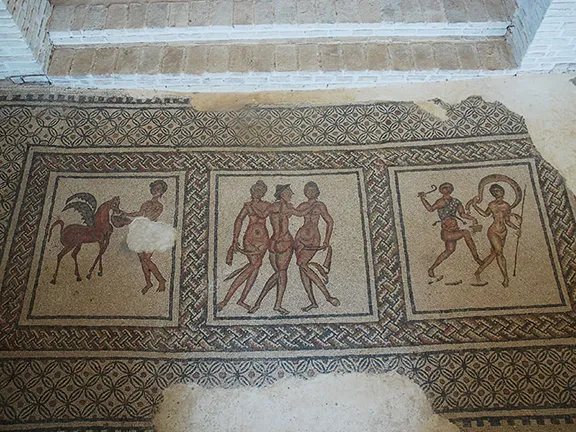
Mosaic at Fuente Alamo
The site was then abandoned for between 50 and 75 years. It is thought that the water level reduced resulting in the collapse of some of the baths buildings.
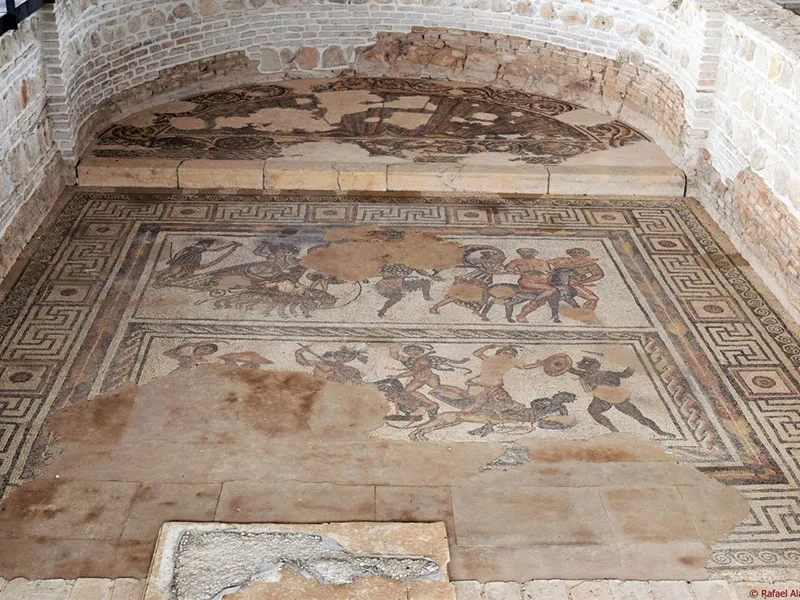
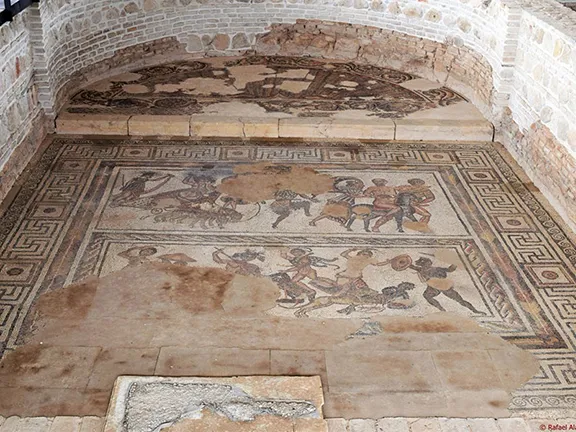
Mosaic at Fuente Alamo
During the 4th century AD a large villa was built on the site. Roman villas of this period were almost villages in their own right. They contained dwellings for the owner as well as the workers and servants, areas of land for the cultivation of cereals, vegetables and fruit and the relevant mills and storage spaces. Due to the size of the urban part of the villa and the elaborate mosaics, it has been surmised that this villa was owned by an important official. The site was fully populated and had developed into a small town by the 6th century AD when the Roman presence in Andalucia was replaced by the Visigoths.

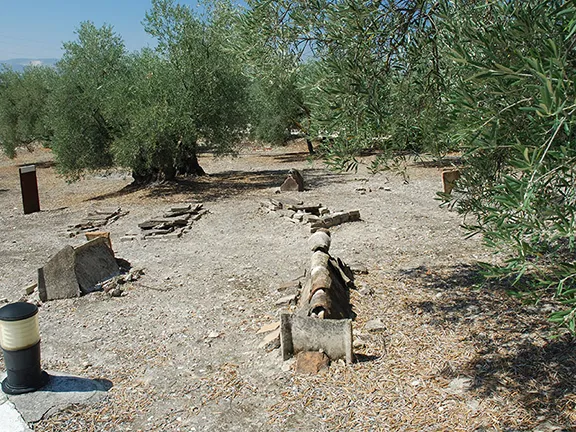
Necropolis at Fuente Alamo
During the Visigothic period, Fuente Alamo was only partially occupied by farmers who made use of the habitable parts of the site, adapting the buildings and rooms for their own purposes, installing hearths and dividing walls, but making no real effort to maintain the infrastructure.
It was with the arrival of the Muslims after 711 AD that Fuente Alamo was repopulated and once again became a productive agricultural centre. This period lasted until sometime around the end of the 11th and the beginning of the 12th century when the stream again undermined the central part of the town causing walls and buildings to collapse.
The town gradually became covered in sediment that provided rich pastures for farmers right through until modern times. It is difficult to understand why this fertile valley was not reoccupied earlier and that may have something to do with its geographical location, effectively within the disputed territories between the Muslim controlled parts of al-Andalus and the Christian kingdoms and then, after 1492 AD, the nearby established town of Puente Genil became pre-eminent.
In 2008 and 2009, workers on the site discovered an extensive necropolis that has to date (2020) only been partially excavated. So far about 300 individuals have been exhumed and it looks as though the necropolis was in use from the 1st century AD through to the 12th century. No doubt future work will throw more light on the history of Fuente Alamo.
Fuente Alamo is a superb example of a Roman villa. It is also in a good state of preservation. It's recent discovery and subsequent excavations allow the visitor to see exactly how a Roman villa would operate, and how the occupants lived and worked.